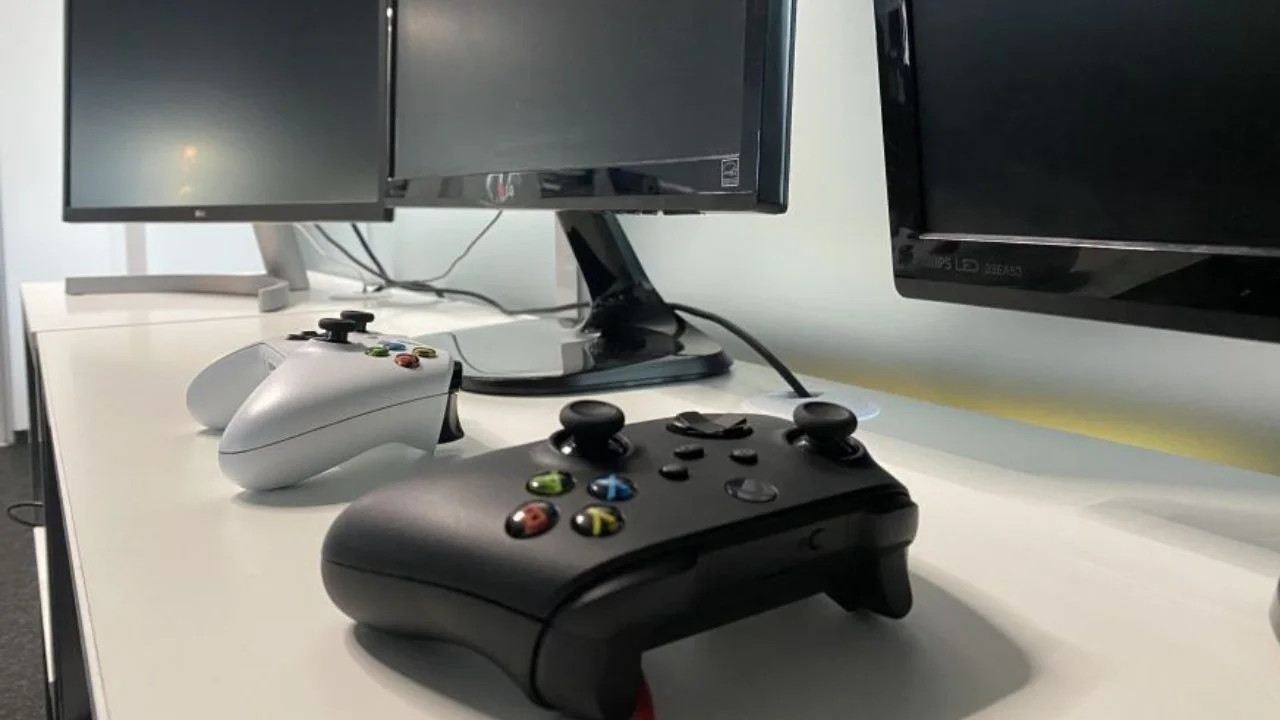Game-based assessment is being integrated into education. They are able to test more complex skills than traditional standardized tests. Game-based assessments (GBAs) address some of the problems of traditional assessments. They don’t just test if students have the ability to memorize key facts. Students have to show their cognitive processes.
The benefits of game-based assessments
A key value of games is enhancing engagement and motivation. Modern video games have immersive properties. They can capture attention and motivate students. This means they take part in the learning process. Elements such as challenges and rewards make learning more enjoyable.
Educators need to plan game-based assessments carefully. They must align with curriculum content and learning goals. They must measure the competency of students in a fair, reliable, and accurate way. Collaborating with an assignment writer from Assignment Bro is a good move. It can offer valuable help in this process. A professional writer can provide expert guidance and help with the design. They could help to develop assessments that check learning outcomes effectively and accurately.
Here are some of the main benefits of GBAs in education.
They need active learning. Students have to apply their knowledge in practical scenarios. They have to think critically and solve problems. This makes their understanding deeper. They will also keep more information.
Students receive instant feedback. They don’t have to wait for a teacher to offer feedback. They understand straight away what they need to do to improve.
Students can learn at their own pace and in their own way. This gives them autonomy. They know how to address their specific learning gaps.
They help students to build critical thinking, creativity, and collaboration skills. These are the types of skills that are essential for success in today’s world.
Educators can collect a wealth of data. This offers insights into student performance and progress. It’s possible to make more informed decisions and identify areas for improvement.
Traditional forms of assessment like exams and quizzes are often stressful. They might create anxiety. GBAs can offer a less stressful and more enjoyable assessment experience.
Implementing game-based assessments
There is a difference between playing games for enjoyment and playing them for assessment purposes. Game-based assessments need careful planning. Educators need to plan to integrate them successfully in the classroom.
Defining the learning objectives helps to make sure games measure the right things. Each element of the game should contribute. Students need opportunities to show their knowledge and skills in targeted areas.
Selecting the right game ensures that it is suitable for the age group and subject matter. It should also offer meaningful feedback and many attempts to improve learning outcomes.
Providing context to students is necessary when using GBAs. Educators need to give them instructions to explain what they expect from them.
Progressive implementation is important. Educators must start with simpler levels. They can increase the complexity. They may need to offer prompts or tutorials for students who struggle. They can give advanced students more challenging options.
Different types of game-based assessments
There are many different types of game-based assessment examples.
Simulations replicate real-world scenarios. Players must make decisions and solve problems in a simulated environment. An educational city game with a city simulator may help students to solve real-world problems.
Gamified quizzes include elements such as points, levels, badges, and leaderboards. The element of competition motivates players to achieve higher scores.
Virtual reality (VR) games create an immersive environment. Players interact with virtual objects and situations. These games can test various skills. These include problem-solving, spatial awareness, and decision-making in a realistic virtual setting.
Language and writing assessments incorporate language learning into game mechanics. Players may interact with virtual characters or solve language-based puzzles.
Addressing challenges
Building valid, reliable, and fair game-based assessments is complex. It is usually more challenging than developing traditional tests. It can also be a more expensive process.
One of the challenges is that students may not all have access to computers in the home or at school. Another is that they may not all have the same familiarity with video game mechanics. This could increase existing achievement gaps and create new ones.
Mobile game localization is adapting mobile video games to the language and culture of a geographical region or country. This could enhance game-based assessments across cultures. It also includes languages in a country.
Conclusion
Educators need to consider integrating game-based assessments in the classroom. They offer several advantages over traditional assessment methods. They can test how students integrate and apply their knowledge, skills, and abilities. Thoughtful design and integration into the curriculum are essential. They must align with educational goals and objectives. Integrating them with other assessment methods often works best.




















